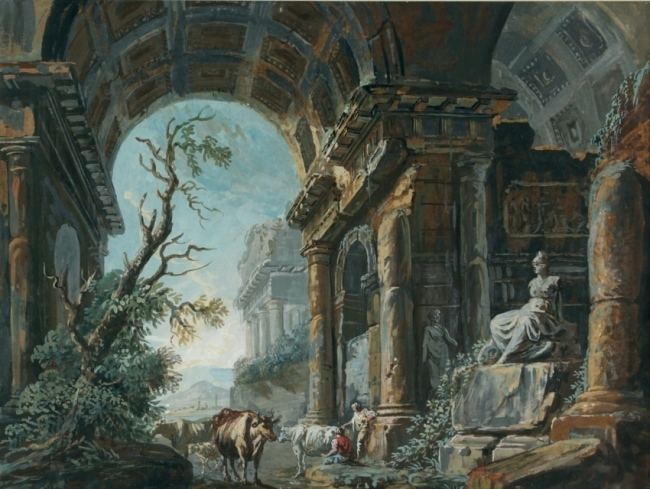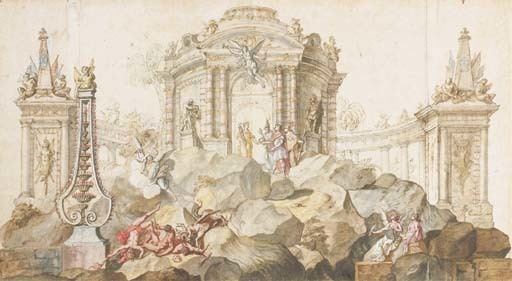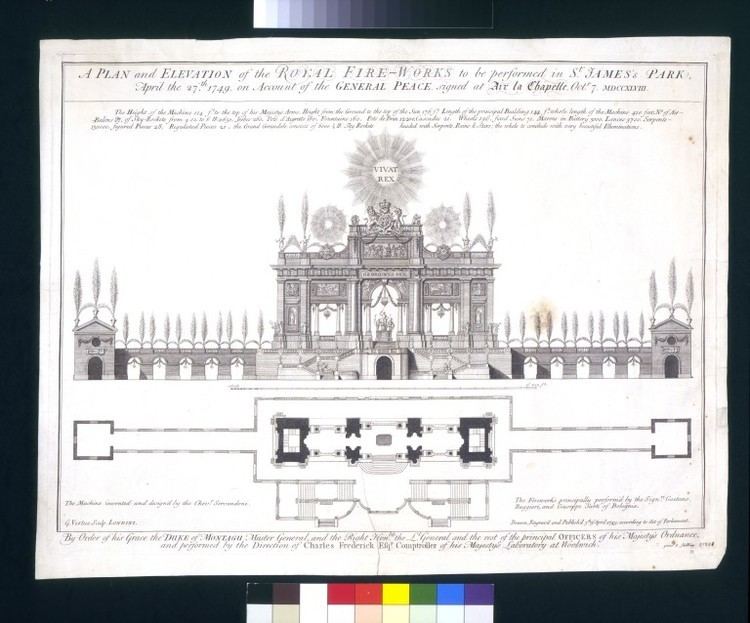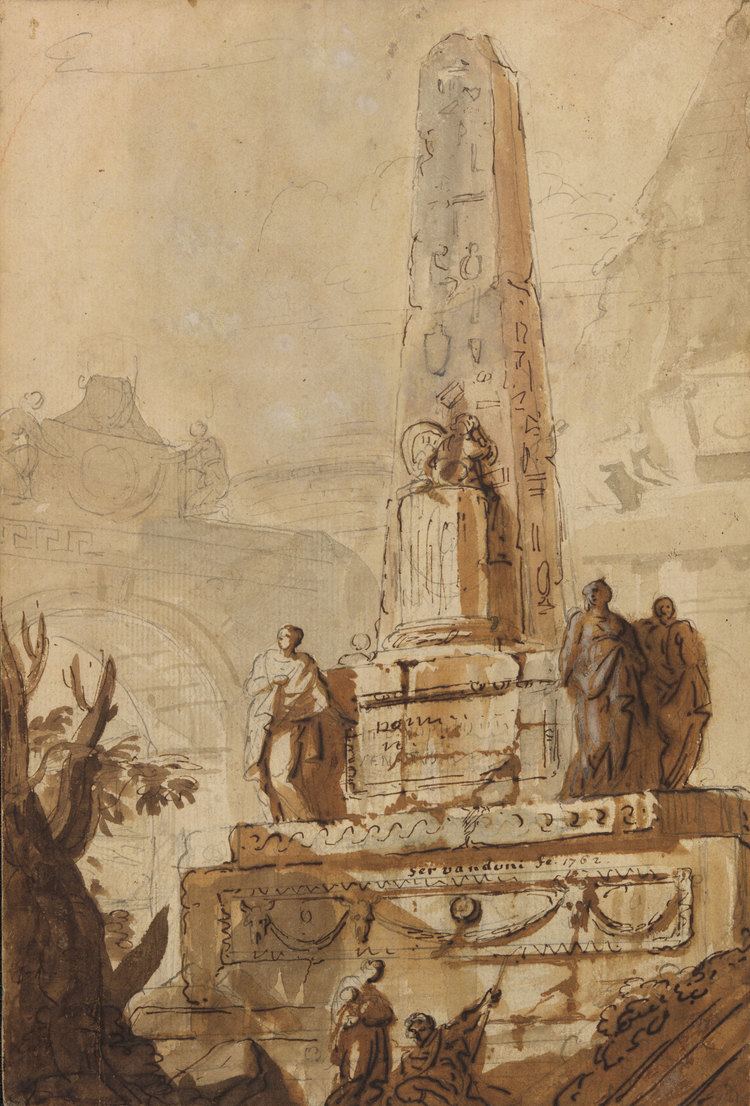Children D'Hannetaire | ||
 | ||
Died 19 January 1766, Paris, France Grandchildren Angélique D'Hannetaire, Eugénie D'Hannetaire People also search for D'Hannetaire, Angélique D'Hannetaire, Eugénie D'Hannetaire, Manoel Joaquim de Souza Structures D'Ursel Castle, Necessidades Palace, Mesen Castle | ||
Tentoonstelling giovanni niccol servandoni schilder decorateur architect 2016
Jean-Nicolas Servan, also known as Giovanni Niccolò Servandoni (2 May 1695 – 19 January 1766) was a French decorator, architect, scene-painter, firework designer and trompe-l'œil specialist.
Contents
- Tentoonstelling giovanni niccol servandoni schilder decorateur architect 2016
- Career
- French Works
- Belgian Works
- Author
- References

He was born in Florence, the son of a French carriage driver.
Career

He was educated as an artist of perspective in Rome and was a pupil of Giovanni Paolo Panini, worked in London as a set designer at the recently founded Royal Academy of Music but moved to Paris in 1724, where he became director of decorations ( 1724 to 1742 ) at the Paris Opera, at that time situated in the Théâtre du Palais-Royal. He became a member of the Académie Royale de Peinture et de Sculpture in 1731. His activity was considerable, whether as a painter or as an inventor of scenic contrivances for fêtes at the marriage of royal personages. He decorated public festivals in England, France, and Portugal.

During the years 1738–1743 and 1754–1758, Servandoni produced a series of successful theatrical productions much in the style of seventeenth-century machine plays, with an emphasis on elaborate changes in décor and special effects, often set to music. Unlike the machine plays of the seventeenth century, Servandoni's productions used pantomime rather than dialog, with a description of the story provided in the program. His productions were typically based on well-known stories from literature and mythology such as the Spectacle de Pandore ('1739) which told the tale of Prometheus and Pandora or "La forêt enchantée" (1754) which was inspired by Torquato Tasso's "Jerusalem Delivered". He died in Paris in the early 1766.
French Works
Belgian Works
Author


